Nauru Flag Meaning
A blue field with a horizontal yellow stripe across the center and a white twelve-pointed star below the stripe near the hoist. The design reflects Nauru’s position just south of the equator and its cultural identity.
- Continent
- Oceania
- Adopted
- 1968
- Ratio
- 1:2
- Colors
- blue, yellow, white
- Designer
- Local design committee at independence
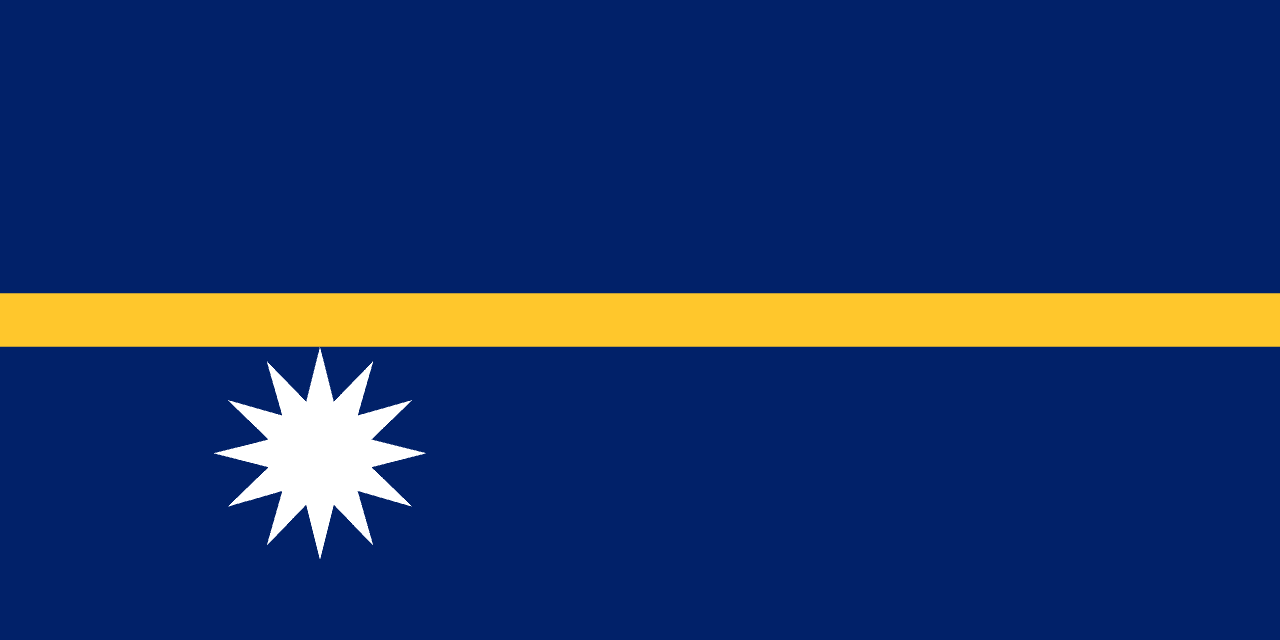
Symbolism
Blue Field: Represents the Pacific Ocean surrounding the island.
Yellow Stripe: Represents the equator, symbolizing Nauru’s location just south of it.
White Twelve-Pointed Star: Represents the island itself and its twelve traditional tribes.
History
- 1888: Nauru was annexed by Germany as part of the Marshall Islands protectorate.
- 1914: Australia occupied Nauru during World War I.
- 1947: Nauru was placed under UN trusteeship, administered by Australia, New Zealand, and the UK.
- January 31, 1968: Nauru gained independence and adopted its current flag.
Trivia
- Nauru is one of the world’s smallest independent states by area and population.
- The flag places the star slightly off-center to symbolize Nauru’s exact location south of the equator.
- Nauru was once one of the richest countries per capita due to phosphate mining.
- The twelve points of the star represent the island’s historic tribes.
- It is the only national flag with a star positioned below the equator line.
Related Countries
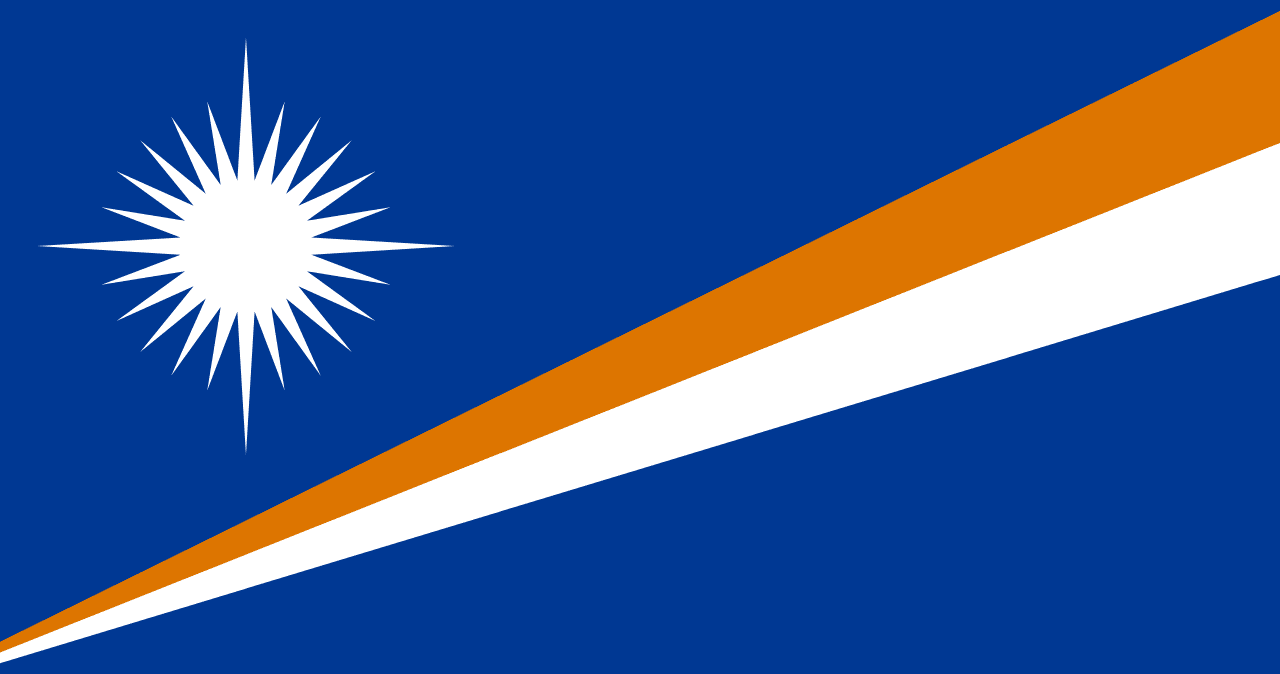
Marshall Islands
Oceania
A blue field with diagonal orange and white stripes extending from the lower left, and a white 24-pointed star in the upper left corner, representing the Pacific Ocean, the island chains, and the Christian faith of this coral atoll nation.
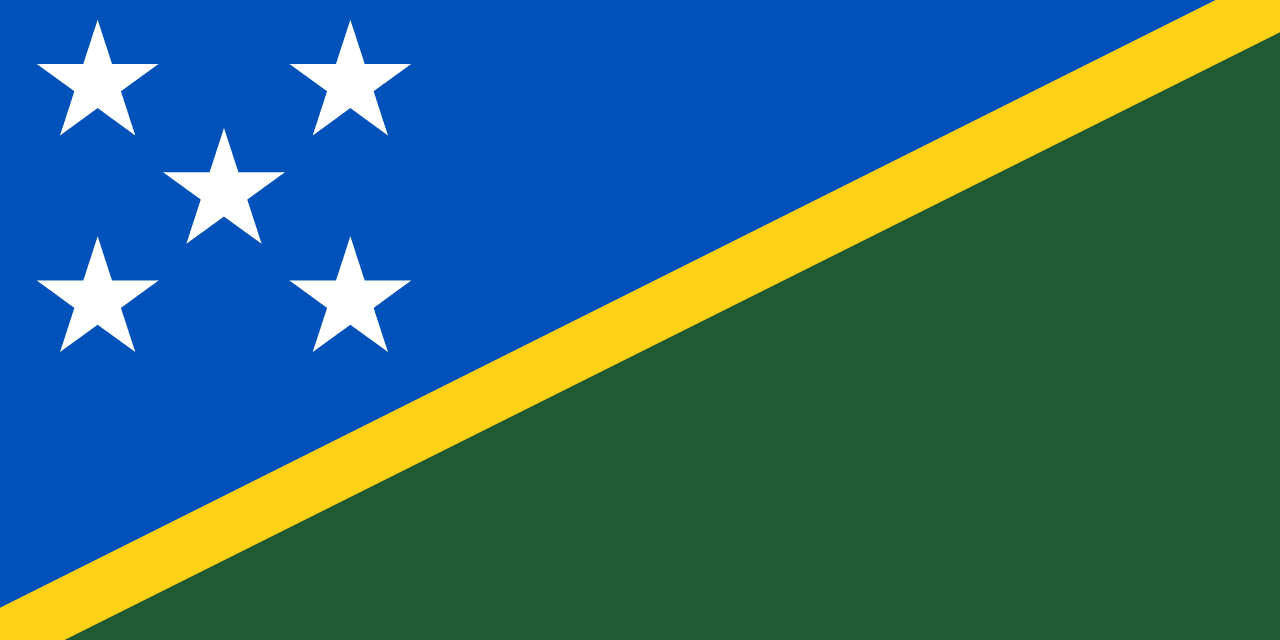
Solomon Islands
Oceania
A blue triangle in the upper hoist and green triangle in the lower fly, separated by a thin yellow diagonal stripe, with five white five-pointed stars arranged in an X pattern in the blue triangle, representing the ocean, land, sunshine, and the five main island groups of this Melanesian nation.
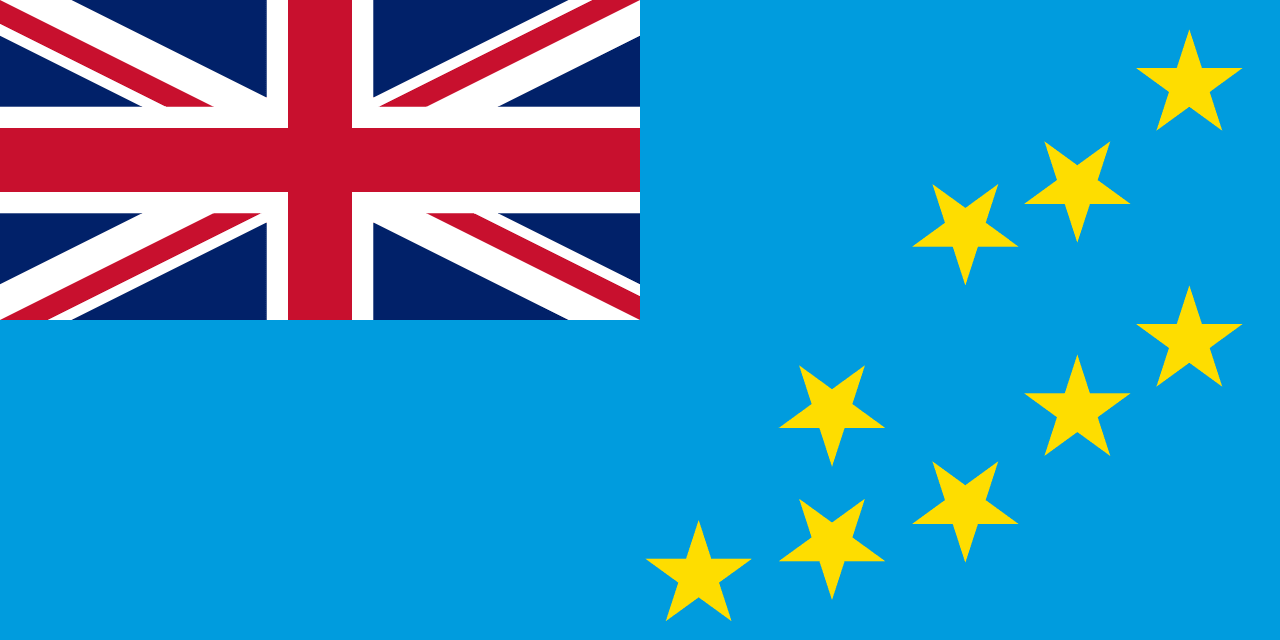
Tuvalu
Oceania
A light blue field with the Union Jack in the canton and nine yellow stars representing the nine atolls of Tuvalu, symbolizing the Pacific Ocean that surrounds the islands, the historical connection to Britain, and the geographical arrangement of the island nation in the central Pacific.
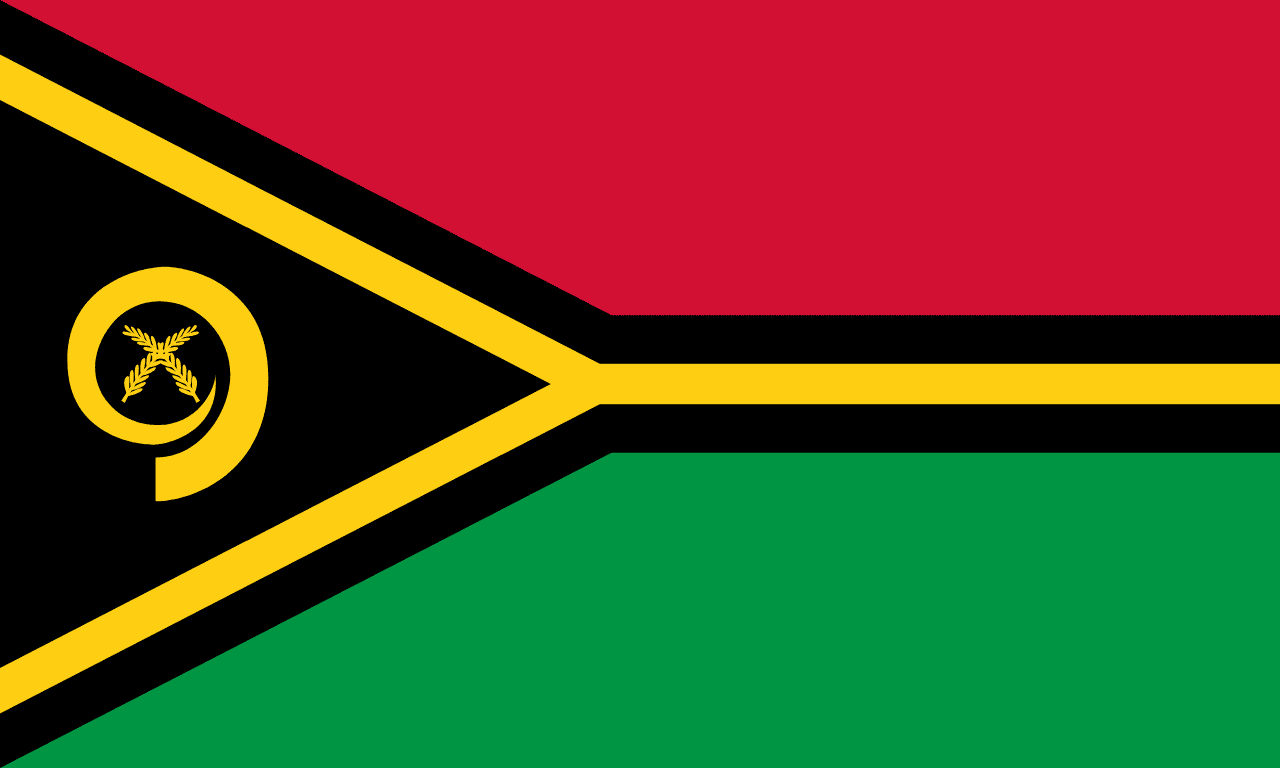
Vanuatu
Oceania
Red and green horizontal bands separated by a black stripe edged in yellow, with a yellow Y-shape extending from the hoist containing a boar's tusk and two crossed fern leaves, representing the blood of sacrifice, the rich soil, the Melanesian people, enlightenment, and traditional Melanesian values and culture.
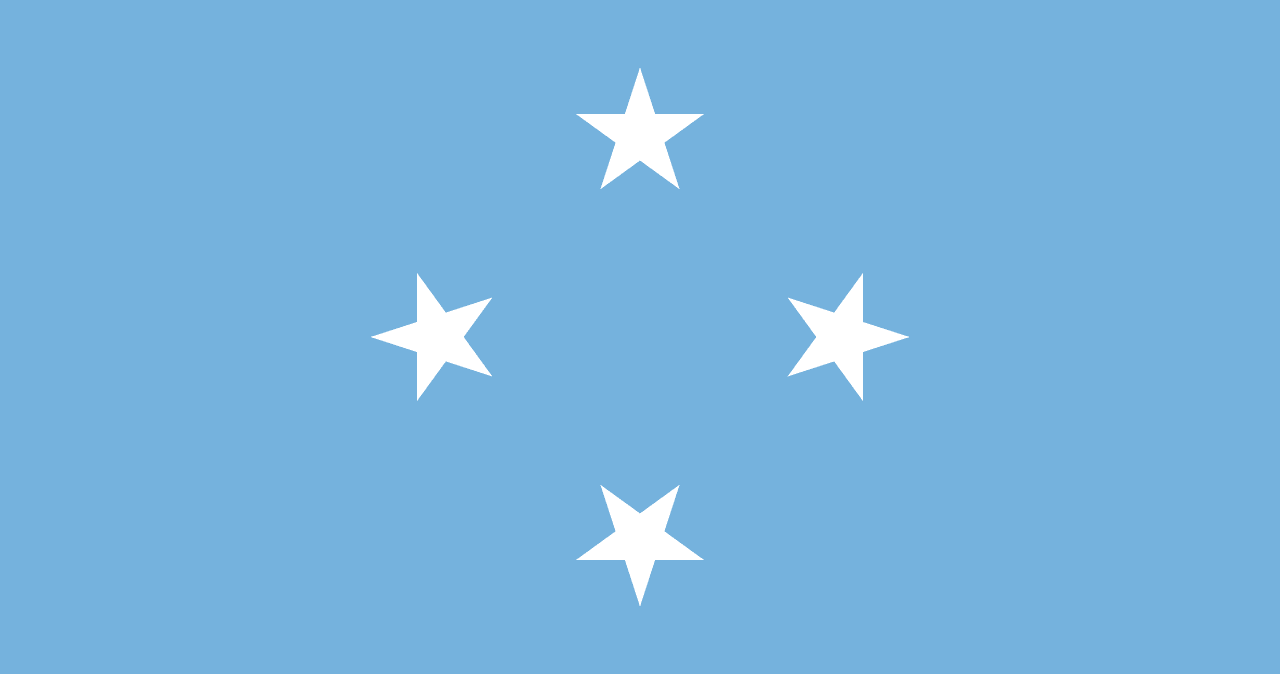
Micronesia
Oceania
Four white five-pointed stars arranged in a diamond pattern on a light blue field, representing the four states of the Federated States of Micronesia surrounded by the Pacific Ocean.
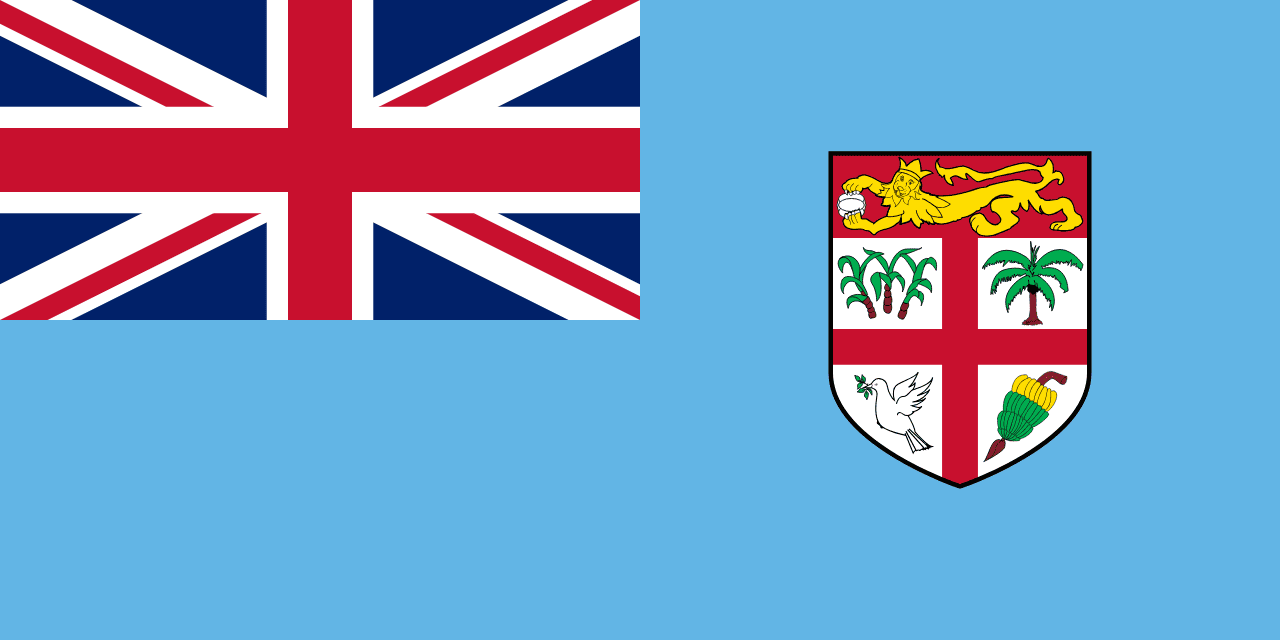
Fiji
Oceania
A light blue field with the Union Jack in the canton and Fiji's coat of arms on the fly side, representing the Pacific Ocean, British heritage, and the agricultural and maritime traditions of this island nation.